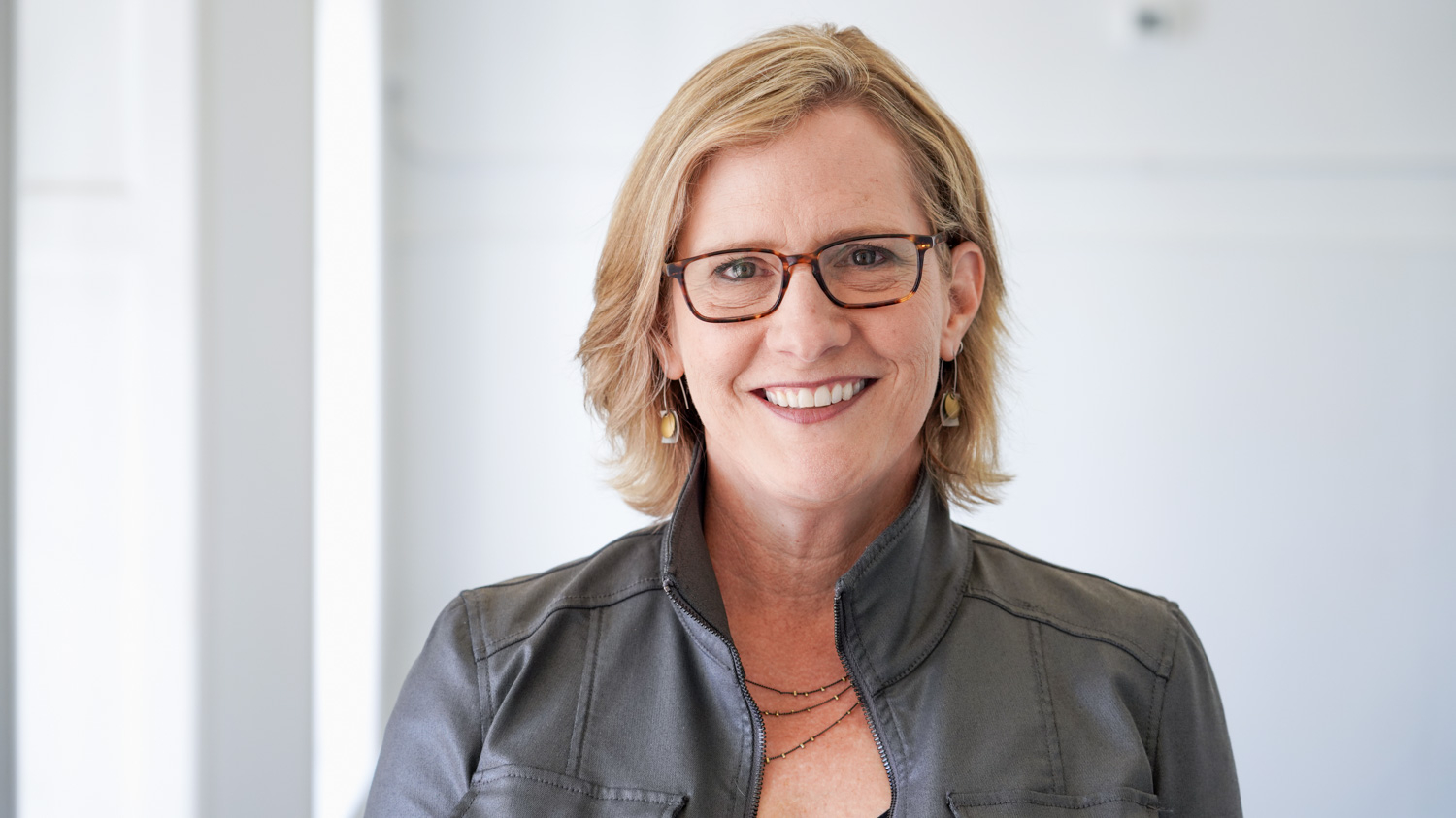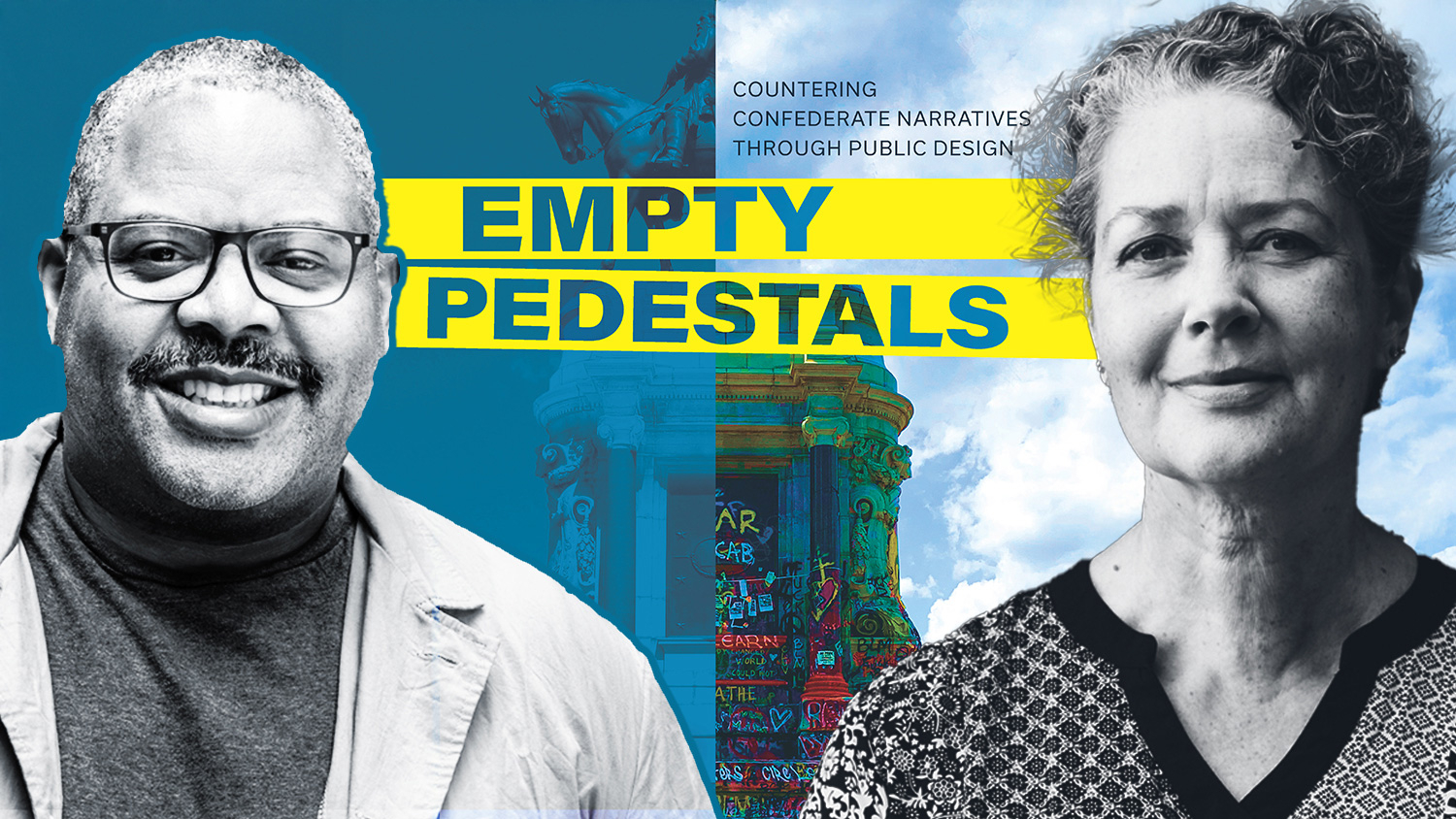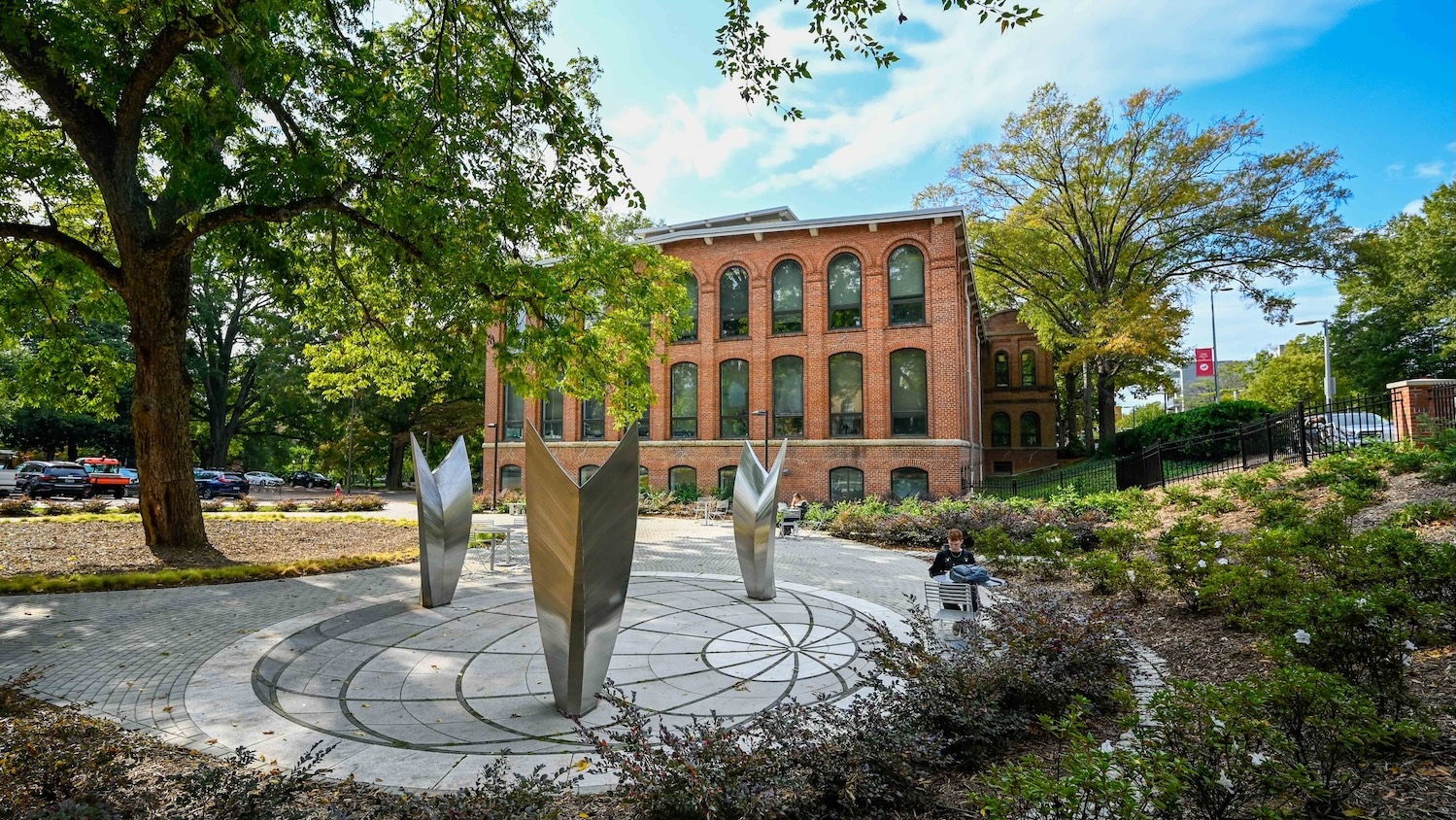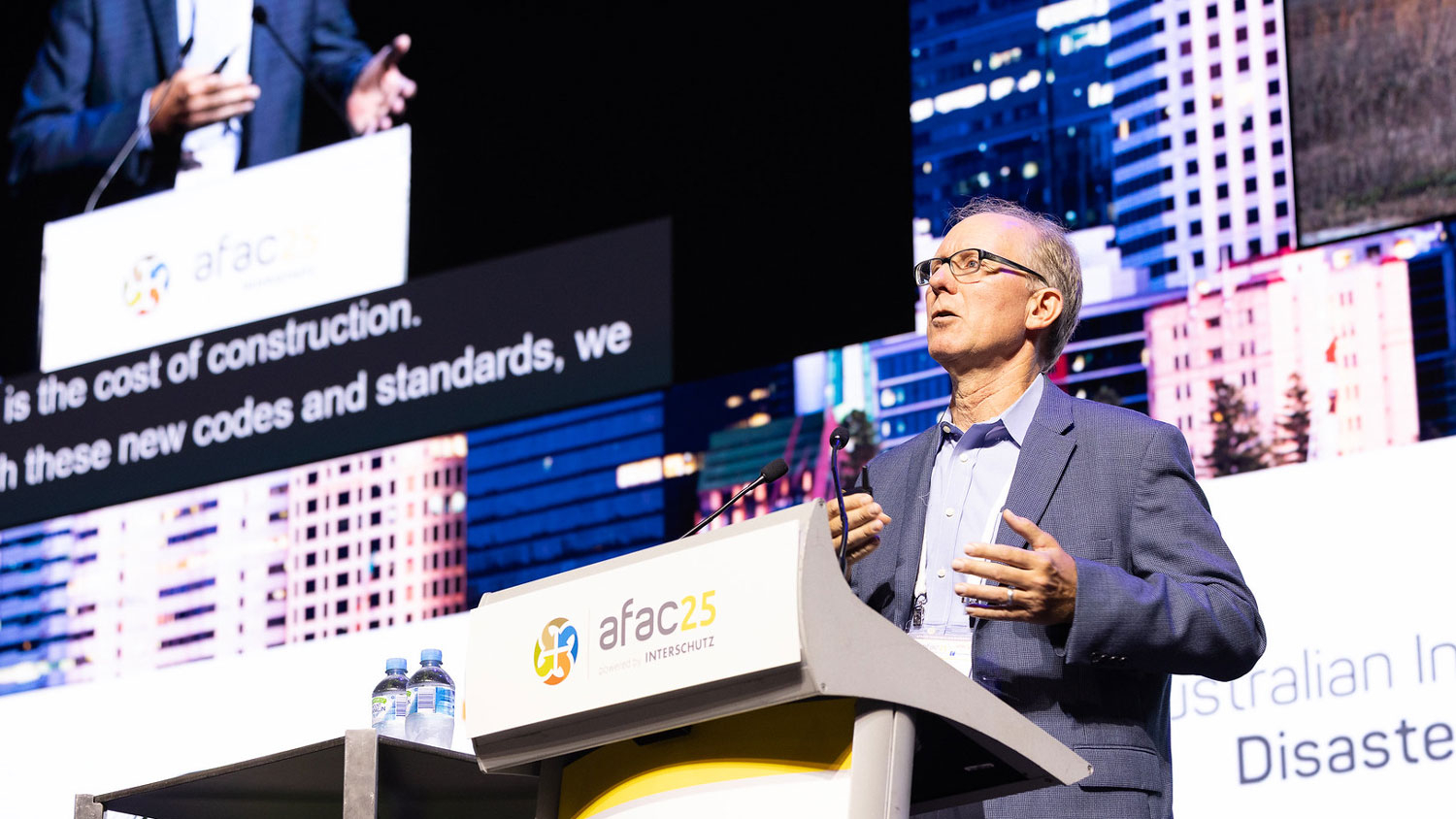LAF Fellowship Spotlight: Meg Calkins on a Material Shift

This article originally appeared as news on the Landscape Architecture Foundation’s (LAF) website.
About 90% of a constructed site’s carbon footprint comes from the materials used to build it. If landscape architects really want to reduce the carbon footprint of their work, they need to radically rethink not just materials selection but also material assemblies and the types structures they design. This is Meg Calkins’ message to the discipline and the focus of her 2023-24 LAF Fellowship.
Meg is a Professor of Landscape Architecture and Environmental Planning at North Carolina State University and has been teaching site design studios and construction classes for over 25 years. Over the past two decades, she’s become increasingly concerned about the environmental impacts of resource consumption and the carbon footprint of built landscapes.
New research is constantly coming out on new materials, new material mixes, and landscape performance. However, as Meg points out, most practicing professionals don’t have the time to dig into these scientific and technical texts, and those outside the academy may not even be able access them. To bridge this gap, she’s taken on the role of conduit and translator, pouring over the research and packaging it up for landscape architects in a format that’s practical and actionable.
Meg’s first book, Materials for Sustainable Sites, was published in 2009. It made the case that designers and engineers could and should be using construction materials with lower environmental and human health impacts but didn’t cover material assemblies and site structures. She’s using her LAF Fellowship to address this knowledge gap through systemic literature review, case study research, and in-depth interviews. The results of her research and writing are due to be published by Routledge in 2025; the book’s working title is Details and Materials for Resilient Sites: A Carbon Positive Approach.
What does a carbon-positive approach to material assemblies and site structures look like in practice? Let’s take the example of a seat wall.
“We might specify a cast stone veneer on a poured-in-place seat wall,” Meg explains, “but that would result in a ton of carbon equivalents for just three meters of that seat wall. If we want to reduce that carbon impact by a factor of seven, we might specify a gabion cage seat wall filled with rubble stone and a thermally modified wood bench on top. And if we want to reduce the carbon footprint even further, we might use large spruce timbers that were sustainably harvested to make benches for seating.”
Using lower carbon materials and material mixes is one aspect of carbon positive design, but as Meg points out, we can’t rely on material industry changes alone if we’re going to achieve zero carbon site construction by 2040. (That’s the goal established in ASLA’s 2022 Climate Action Plan). Instead, she says, we need to start thinking about the types of structures that we specify on sites—pavements, walls, fences, overhead structures, decks, all of it. And, at the end of the day, we simply need to use fewer materials. We need to build smaller structures, thinner pavements, and thinner walls. We need to reduce the expanse of pavement everywhere. We need to build lighter structures that are less rigid, more flexible. And where possible, she says, we should be looking to bio-based or living structures for our site construction.
To understand what that lighter touch design is like in practice, let’s take the example of a retaining wall:
“We could use a concrete cantilevered retaining wall at almost a third of a ton of CO2 equivalents per meter,” Meg says. “Or we could use a timber retaining wall for a quarter of the embodied carbon and some sequestering of carbon in the timbers or—even more—we could use a living crib wall with Red Osier Dogwood cuttings that will root and reinforce the slope when the timbers decompose. And of course, this approach will sequester more and more carbon as it grows.”
Prior to the LAF Fellowship, Meg was focused on presenting the most carbon-positive options for material assemblies, and she hadn’t given much thought to the aesthetic shift she will be asking the discipline to make. Being a part of the fellowship has pushed her to step outside her own commitment to zero carbon and consider how her audience might receive these recommendations. At a recent virtual residency, Meg shared that example of seat wall alternatives with the group. In response, Fellowship facilitator Cindy Sanders pointed out that Meg was, in fact, proposing a new design aesthetic, one that might be a hard sell for some designers or clients. This was a lightbulb moment for Meg, and a great example of how the fellowship has really taken her work to the next level.
Despite the big ask, she’s hopeful the discipline can—with time—see the beauty in low carbon alternatives and ultimately persuade clients to change their thinking as well. She points out how much resistance there was in the discipline to native plants two or three decades ago. Now, with time, we’ve not merely accepted the sight of dormant grasses and seed pods; many see them as beautiful elements of a healthy winter landscape. A similar shift can happen in the aesthetics of hardscape materials for built sites. It will take time, and it will take our award-winning designers embracing this new aesthetic and building carbon positive sites, but it’s possible.
Meg’s time in the fellowship has enriched her thinking about big picture issues related to work, but the support and collaboration isn’t limited to her cohort. She’s building on the work of past LAF Fellows Pamela Conrad (Climate Positive Design, Pathfinder) and Chris Hardy (Carbon Conscience), who both developed tools for measuring and reducing carbon for site design. And Meg says she’s already spoken with researchers who want to take things further and build on her work—perhaps with an LAF Fellowship of their own.
Members of the 2023-2024 cohort of the LAF Fellowship for Innovation and Leadership have been exploring their big ideas and advancing their proposed projects. The Fellows will present the culmination of their work at LAF’s Innovation + Leadership Symposium in June 2024 in Washington, D.C. In the meantime, LAF is profiling each Fellow to share more about their progress and personal journeys.
This post was originally published in College of Design Blog.


